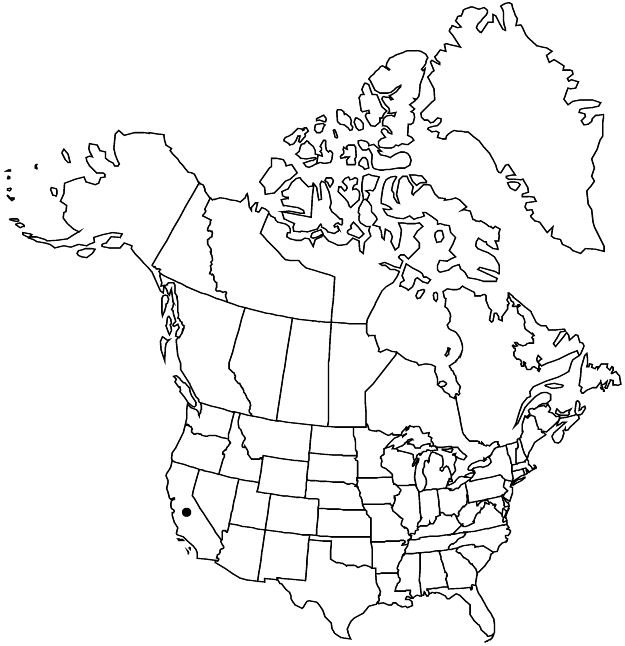familyMalvaceae
subfamilyMalvaceae subfam. Malvoideae
genusEremalche
speciesEremalche parryi
subspeciesEremalche parryi subsp. parryi
Difference between revisions of "Eremalche parryi subsp. parryi"
IllustratedEndemic
Treatment appears in FNA Volume 6. Treatment on page 248.
imported>Volume Importer |
imported>Volume Importer |
||
| Line 49: | Line 49: | ||
|publication year= | |publication year= | ||
|special status=Illustrated;Endemic | |special status=Illustrated;Endemic | ||
| − | |source xml=https:// | + | |source xml=https://bitbucket.org/aafc-mbb/fna-data-curation/src/2e0870ddd59836b60bcf96646a41e87ea5a5943a/coarse_grained_fna_xml/V6/V6_449.xml |
|subfamily=Malvaceae subfam. Malvoideae | |subfamily=Malvaceae subfam. Malvoideae | ||
|genus=Eremalche | |genus=Eremalche | ||
Latest revision as of 23:21, 5 November 2020
Pedicels usually 2–8 cm in flower; involucellar bractlets 7–10(–15) mm. Flowers bisexual; calyx 10–14 mm, lobes 8–11 × 2.5–4 mm; petals mauve, 15–25 mm, exceeding calyx. Mericarps 14–22. 2n = 20.
Phenology: Flowering late winter–spring.
Habitat: Valleys, foothills
Elevation: 30–1500 m
Discussion
Subspecies parryi occurs in the South Coast Ranges through the northern portions of the Transverse Ranges to the southern foothills of the Sierra Nevada.
Selected References
None.
Lower Taxa
None.

